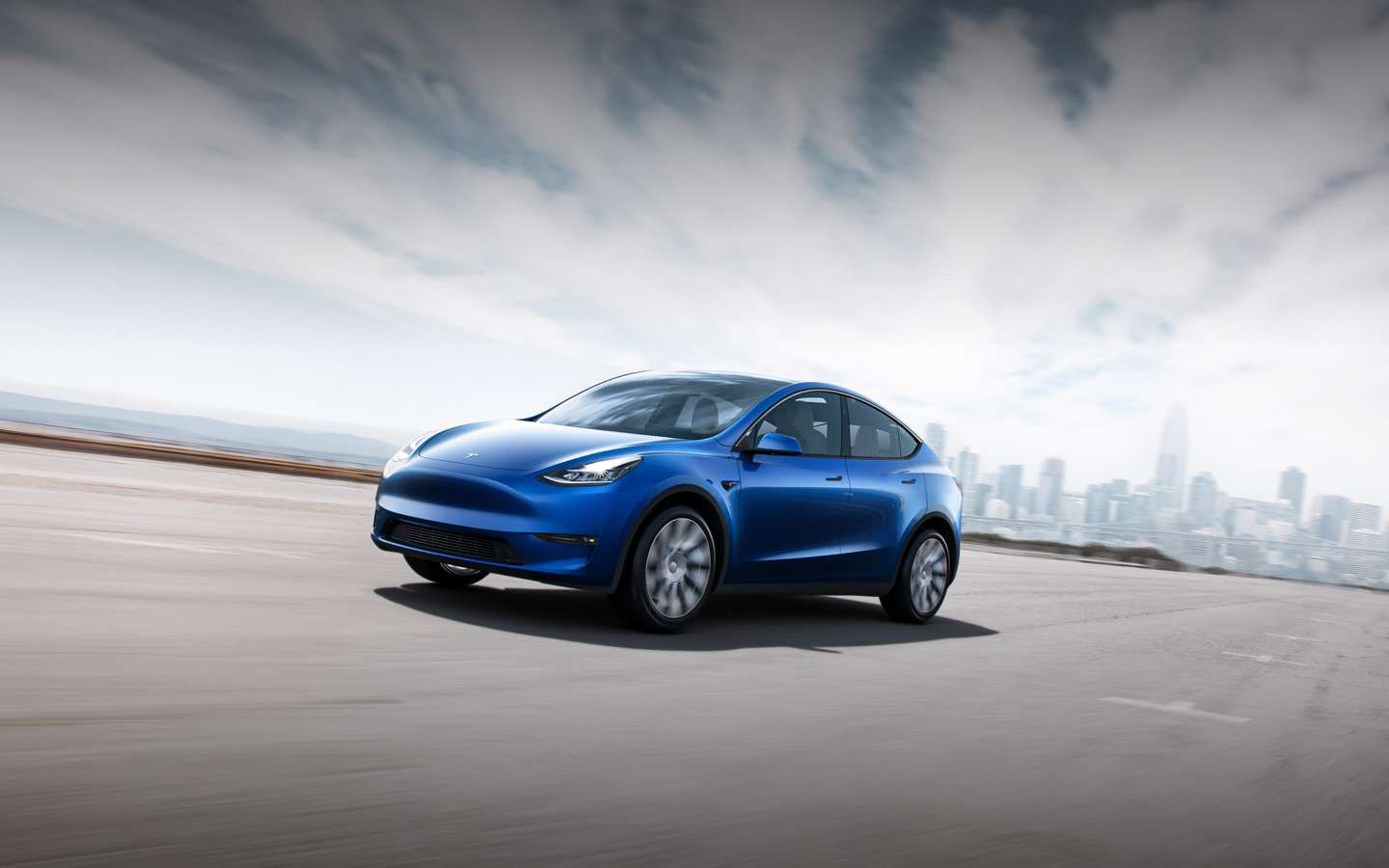
Tesla recently announced that it would be opening Supercharger use to other brands of EVs in a bid to increase revenue by billions. This is great news for owners of cars like the Porsche Taycan, as the EV giant has more than 25,000 of these charging stations across the globe. This is all part of the brand's aim to expand even further, but not everything the brand does always benefits the consumer. The company has been constantly hiking the prices of a number of its vehicles and now the price it costs you to charge your car has been hiked too. But it's not an entirely bad thing.
To understand the pricing update, we first need to understand what the previous structure was like and why it needed updating. The former arrangement was that Tesla per-minute charging rates were split into two tiers, with Tier 1 representing all chargers that charge at or below 60 kW, while Tier 2 was for chargers that could do 61 kW and above.
Now there are four tiers. The cheapest per-minute cost is on Tier 1, where a 60-kW or lower charge is being supplied. Tier 2 now means chargers that work in the range of 61-100 kW, Tier 3 is 101 kW to 180 kW, and the most expensive is Tier 4, where you get 180 kW and above. These are obviously the quickest chargers.
This is great news for those who use lower charging rates, but those who were formerly paying what is now low- to mid-level pricing are paying up to four times as much. As the video above explains, the old system says the 0-60 kW range costs $0.12 per minute while 60 kW and up costs $0.24 a minute. With the new tiers, 0-60 kW is $0.17 per minute, 60-100 kW is $0.45 per minute, and 100-180 kW costs $0.84 per minute. The highest level of 180-250 kW now costs $1.35 per minute - which is certainly not cheap. What this translates to is that your pricing changes as your Tesla Model Y or other vehicle experiences varying charging curves. The bottom line is that charging has become both a lot cheaper and a lot more expensive at the same time.
